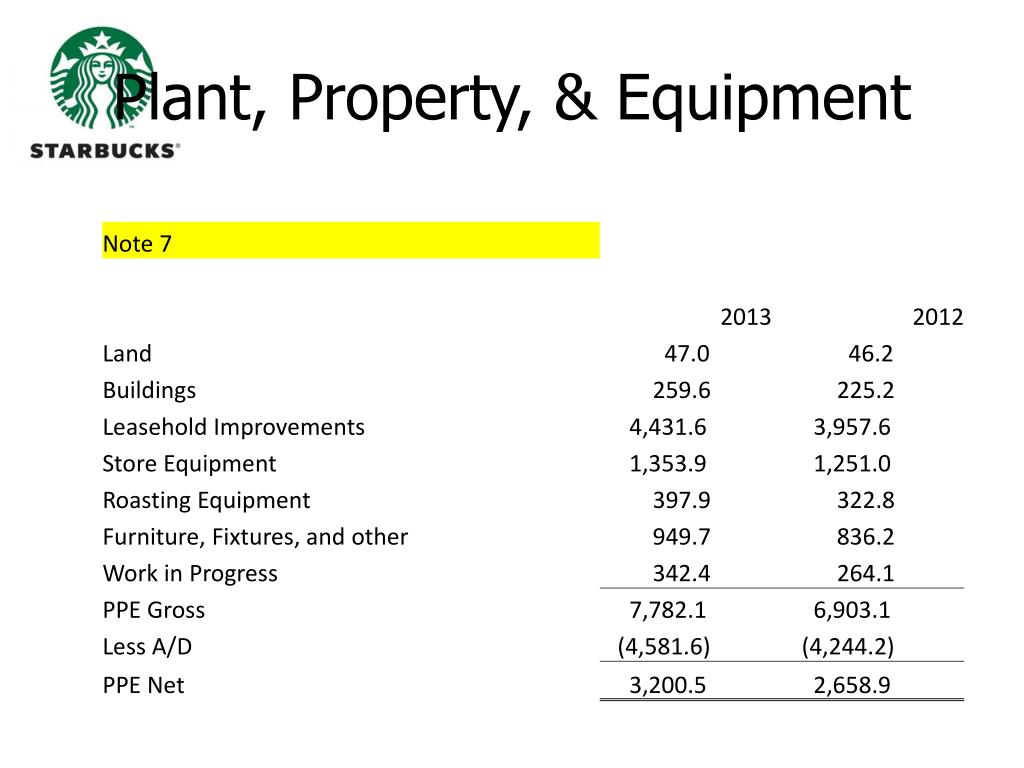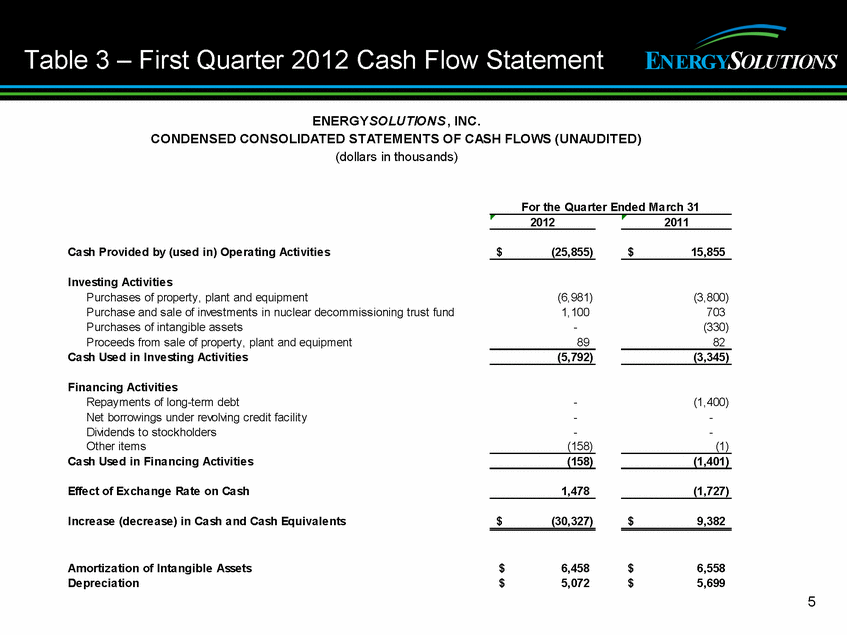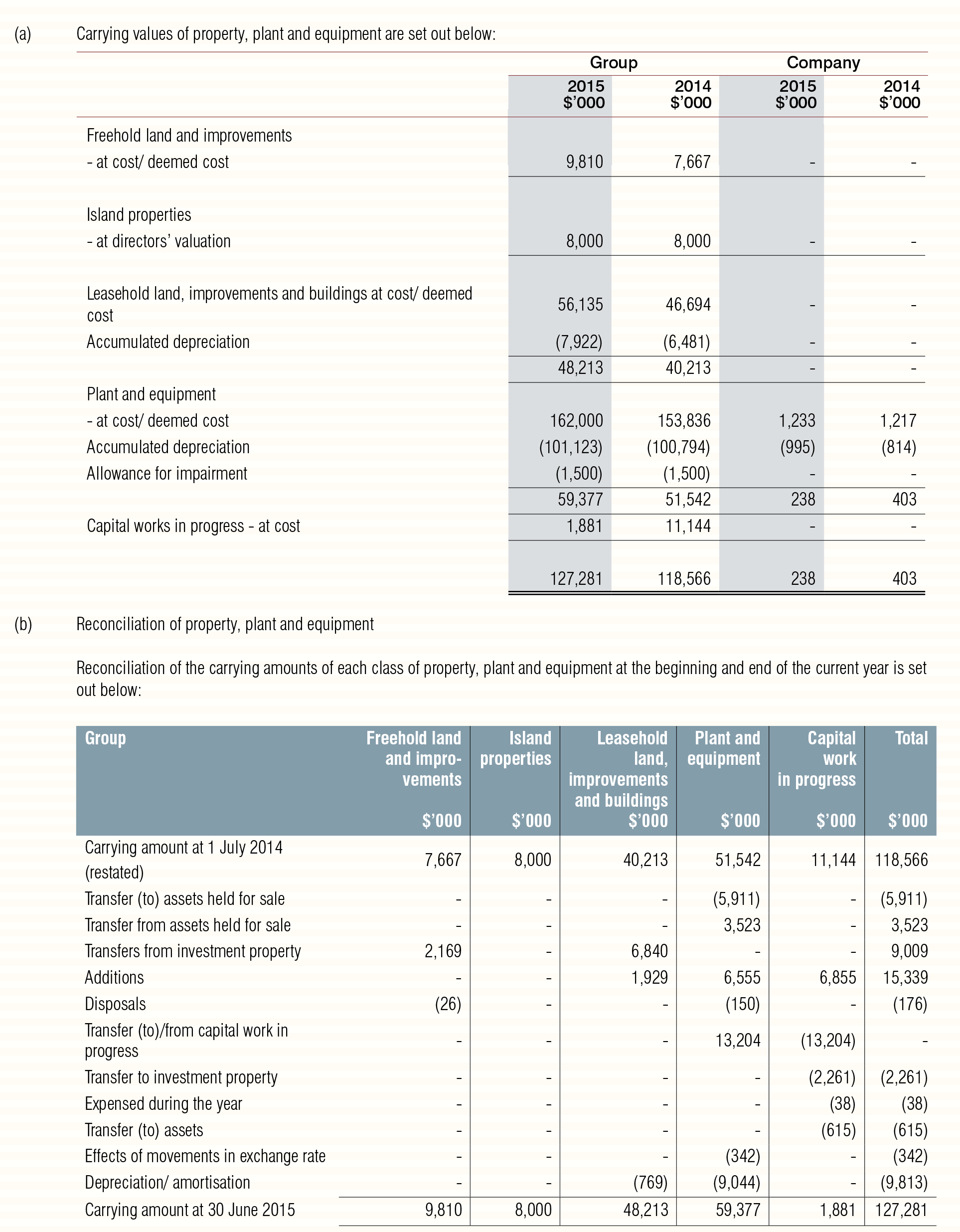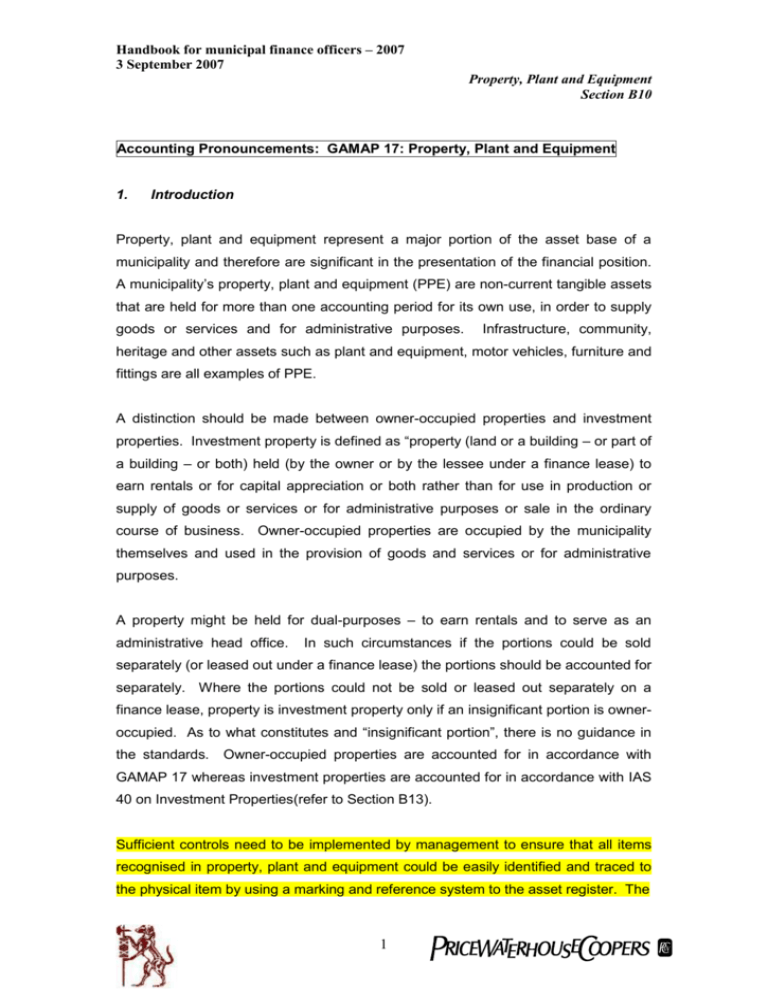

The dry-docking will involve servicing both of these components. ShipCo’s ship comprises two physical components: the ship's body of $250 and the engines of $150. Therefore, the cost of the dry-docking component for accounting purposes is $80 and this amount will be depreciated over the three years to the next dry-docking. At the date of acquisition, the dry-docking costs for similar ships that are three years old are approximately $80. The ship will be dry-docked every three years for the major overhaul to be carried out. ShipCo runs a merchant shipping business and has just acquired a new ship for $400 with a useful life of 15 years. Costs associated with replacing items not identified as a component are expensed as incurred. We believe the extra depreciation is in effect a revision of the estimated useful life of the component. However, any amount written off is included in depreciation instead of being classified as a loss on disposal. The remaining carrying amount of a component that is replaced by a new component is derecognized. However, regardless of the components identified for an underlying asset, on the balance sheet the respective carrying amounts are all presented within the single line item, PP&E. The components identified in Step 1 are depreciated separately over their respective useful lives in a manner consistent with their pattern of consumption. Step 3: Depreciate each component separately Other complexities arise in determining the implicit cost of a major inspection or overhaul, and in allocating the total costs to the different components when the underlying asset comprises a number of physical and non-physical components (e.g.

In our view, the cost of the individual components should be estimated either with reference to current market prices (if possible), in consultation with the seller or contractor, or using some other reasonable method of approximation (e.g. Assets are usually purchased for a single sum without knowing the cost of the individual components. Step 2: Determine the cost of the componentsĮach component is measured at cost at initial recognition, which can create many practical issues.

Costs associated with routine repairs and maintenance are expensed as incurred. IAS 16 specifies two different types of components: (1) a physical component and (2) a non-physical component that represents a major inspection or overhaul.Ĭomponent accounting for inspection or overhaul costs is intended to be used only for major expenditures that occur at regular intervals over the life of an asset and last more than one period this is referred to as ‘planned major maintenance’ under US GAAP. To apply the component approach, it is necessary to identify the significant parts of an asset. Step 1: Identify the significant components of a PP&E item When the component approach is not used, in our experience, PP&E items are usually depreciated by determining a useful life for the item as a whole. However, the option may prove useful for dual reporters that seek to avoid maintaining two fixed assets ledgers. Under US GAAP, the component approach is permitted, but not required.

The objective of the component approach is to more precisely reflect the pattern in which the asset’s future economic benefits are expected to be consumed by the company. Further, upon replacement or overhaul of a part, the company is required to capitalize the cost and derecognize the carrying amount of the replaced part. IFRS 1 requires significant parts of PP&E items with differing depreciation methods or lives to be depreciated separately. While the objective is conceptually simple, implementing the component approach can be challenging.Ĭomplex assets, such as airplanes, ships, buildings, large manufacturing equipment and utilities infrastructure often comprise multiple parts that need to be periodically replaced or overhauled during their useful life. Unlike US GAAP, IFRS requires companies to separately depreciate those parts that are significant. Large property, plant and equipment items often comprise multiple parts with varying useful lives or consumption patterns. IFRS Perspectives: Accounting for PP&E under the IFRS component approach


 0 kommentar(er)
0 kommentar(er)
